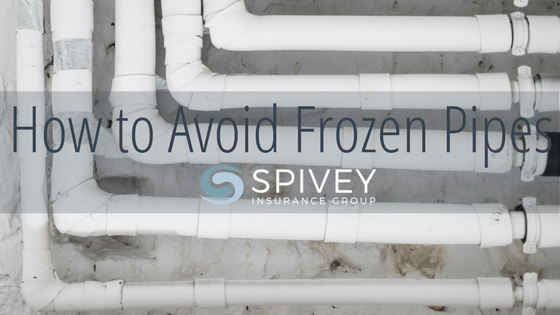Winter is here, and with freezing temperatures could come frozen pipes. In North Carolina it is very rare to see freezing cold temperatures for a long extended period of time, but in the next couple of months there could be some issues with cold weather. Plumbing breaks and flood damage can be incredibly costly, so preparation is key to keep your pipes from freezing. Follow these five easy steps to prevent expensive plumbing repairs.
- Pay attention to the weather forecast. Most frozen pipe problems occur during periods of extreme or a long stretch of cold temperatures. Make sure you keep an eye out on the future weather forecast so you are expecting a temperature drop.
- While you’re inspecting your pipes for insulation, also inspect your home’s foundation and walls for cracks. Sealing the cracks will help keep cold air out and warm air in, which can protect pipes from freezing.
- When temperatures drop, be sure to let the faucets in your home drip to keep the water moving and to help prevent frozen pipes.
- Outside water faucets are especially susceptible to freezing. Always unhook water hoses and store them for the winter.
- Know where your water shutoff valve is located, in case a pipe bursts and you need to stop the water flow as quickly as possible.
Here at Spivey Insurance Group we want to make sure your home is protected during these cold winter months. Follow these five critical steps to make sure your home and pipes will survive the cold weather. If you have questions regarding your insurance policy give us a call at 704-821- 4460 or connect with us on Twitter, Facebook, Instagram, Pinterest, and Google Plus.



